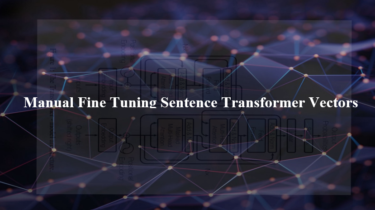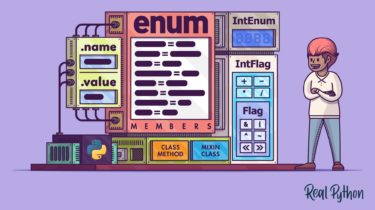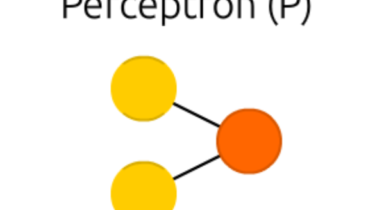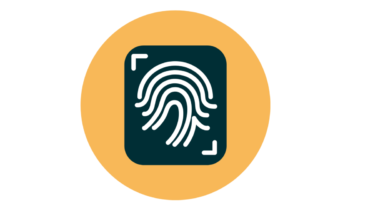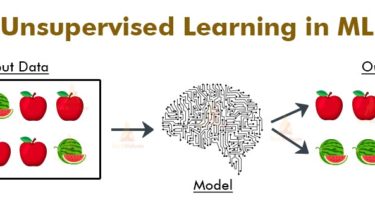Category: Python
Python tutorials
Build Enumerations of Constants With Python’s Enum
Python’s enum module provides the Enum class, which allows you to create enumeration types. To create your own enumerations, you can either subclass Enum or use its functional API. Both options will let you define a set of related constants as enum members. In the following sections, you’ll learn how to create enumerations in your code using the Enum class. You’ll also learn how to set automatically generated values for your enums and how to create enumerations containing alias and […]
Read moreBuilding a Neural Network Zoo From Scratch: The Perceptron
Visualization of the Perceptron from the Asimov Institute.
Read moreInstalling JAX On WSL with (CPU/GPU) Support
JAX is written in pure Python, but it depends on XLA, which needs to be installed as the jaxlib package. Use the following guide to install JAX using pip or conda
Read moreLeveraging Unsupervised Machine Learning for Text Clustering
Find correlation between clusters using an unsupervised Machine Learning algorithm for a given corpus The jupyter notebook with all the code can be accessed here and the dataset is available at this link.
Read more
